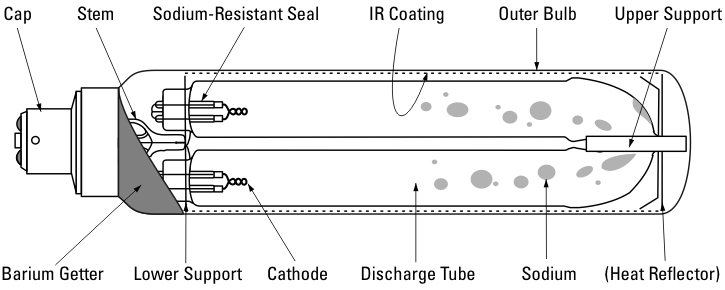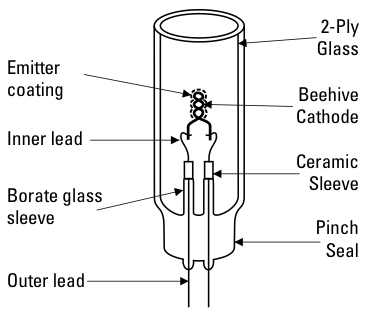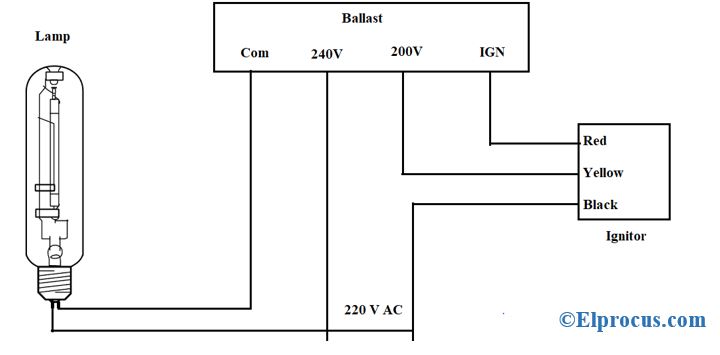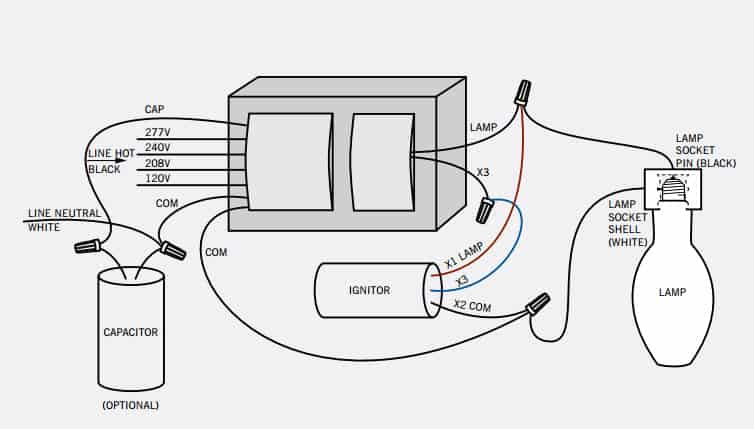The aperture phosphor coated lamps that jelight company produces employ the same basic design as the double bore low pressure mercury vapor lamps with the exception of a special phosphor coating.
Low pressure mercury vapour lamp diagram.
In case of fluorescent lamp the mercury vapour pressure is maintained at lower level such that 60 of the total input energy gets converted into 253 7 nm single line.
Rather than a cold spot the lamp s amalgam spot on pellet regulates mercury vapor pressure during operation and yields up to three times the uvc output of a standard low pressure mercury lamp of the same length.
Amalgam lamps use a mercury amalgam mix to control mercury vapor pressure.
In low pressure mercury vapor lamps only the lines at 184 nm and 254 nm are present.
The lamps can be constructed to emit primarily in the uv a around 400 nm or uv c around.
Two varieties of such lamps exist.
One would tip the lamp and electrical contacts on each side of the lamp would send electricity through a liquid mercury which started the lamp.
As pressure increases the chance of multiple collisions gets increased.
Low pressure and high pressure low pressure sodium lamps are highly efficient electrical light sources but their yellow light restricts applications to outdoor lighting such as street lamps where they are widely used.
A sodium vapor lamp is a gas discharge lamp that uses sodium in an excited state to produce light at a characteristic wavelength near 589 nm.
The first mercury vapor lamps were in a lower pressure tube.
In medium pressure mercury vapor lamps the lines from 200 600 nm are present.









